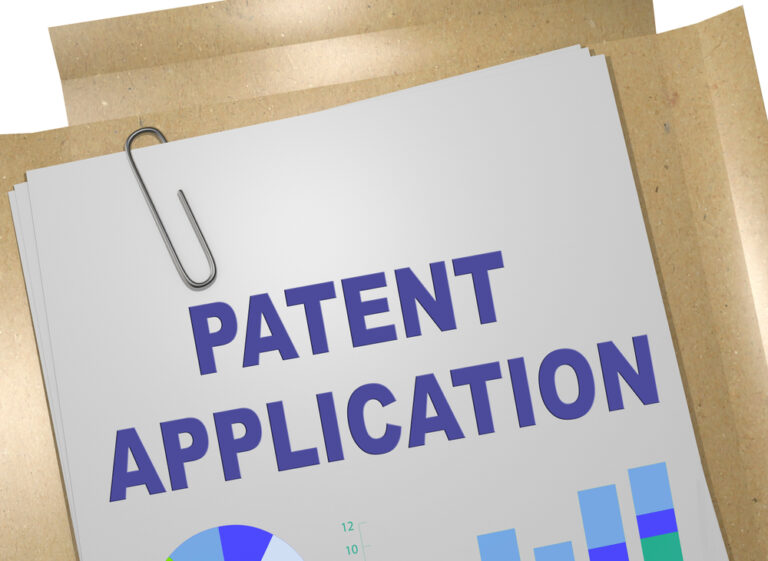What is the Difference Between a Utility Patent and a Design Patent?
Distinguishing Patent Types
In the evolving world of intellectual property, understanding patents and their kinds is key for inventors. Any patent or trademark attorney would agree; the world of patent law is loaded with fine points. Here, we dive into the prime distinctions between a utility patent & a design patent, both vital parts of patent law.
At Gearhart Law, we are committed to ensuring your patent legal case is resolved quickly. Call us today at 908-273-0700 for your free case consultation.

Utility Patents: A Close Look
Utility patents, or “patents for invention,” are essential in shielding the functional parts of an invention. These patents are made to guard the practical use and value of fresh and useful processes, machines, matter compositions, and manufacturing articles. This encompasses any novel and helpful enhancements made to these categories.
Utility Patents’ Reach
Utility patents grant wide protection, barring others from making, using, selling, or importing your invention without permission. This defense stands for up to 20 years from the filing date. The sturdy protection utility patents provide boosts innovation, enabling inventors to profit from their concepts without tackling rivals. As a result, these patents also spur tech progress by encouraging research & development in diverse domains.
Drawbacks of Utility Patents
Despite their many perks, utility patents have certain limitations. Not all inventions can get patent protection. While fresh, handy, and non-obvious inventions usually qualify; abstract ideas, nature laws, and natural phenomena are off-limits for patent protection. Getting a utility patent can be tangled and drawn-out, taking several years. The expenses tied to tweaking and enforcing the patent might also be hefty.
Design Patents: An Indepth Evaluation
In contrast to utility patents, design patents aim to shield the distinct visual ornamental traits of a product. These patents guard the aesthetic design of a product, not its functionality. A design patent is given for fresh, original, and ornamental designs for a manufacturing article.
Key Contrasts Between Utility & Design Patents
Protection Scope: Utility patents encompass the functional parts of an invention, whereas design patents shield the ornamental design of a product.
Duration: Utility patents generally last for 20 years from the filing date; however, design patents offer protection for 15 years from the granting date.
Patentability Criteria: Utility patents demand the invention to be new, handy, and non-obvious; however, design patents require the design to be novel and original.
Getting Help from a Patent Attorney
A patent attorney or trademark attorney can offer priceless help in wading through the maze of patent law. They dish out a broad range of services; from carrying out prior art searches to prepping and prosecuting patent applications. With their technical & legal prowess, they can help lock in the most robust patent protection for your brainchild, be it either a utility patent or a design patent.
FAQs
What is the main difference between a utility patent and a design patent?
The chief difference lies in what they safeguard: a utility patent protects the functionality of an invention, while a design patent protects the ornamental design of a product.
How long does protection last for utility and design patents?
Utility patents offer protection for 20 years from the filing date; while design patents protect for 15 years from the grant date.
What kind of inventions can be protected by a utility patent?
Utility patents protect new and useful processes, machines, matter compositions, articles of manufacture, and any new and useful improvements made to these categories.
Can a product have both a utility and design patent?
Yes, a product can have both if it has unique functional features worth protecting (utility patent) and a distinctive ornamental design (design patent).
Contacting Your Patent Attorney
Understanding the distinctions between utility and design patents is paramount for inventors. While both offer valuable protection, they vary in their reach, duration, and patentability requirements.
Remember, if you are in need of a patent attorney, contact Gearhart Law at 908-273-0700 today for your free consultation.
The content herein is meant to be educational only and not to substitute for legal advice. If you have a legal question please consult an attorney.
*Powered by AI


